Some animals live fast and die before you’ve finished your morning coffee. Others outlive generations. Literally.
Life in the wild doesn’t play fair.
One creature might burn through its entire existence in 24 hours, while another keeps going for centuries, watching the world change around it.
Time means nothing to nature—it’s all about survival, strategy, and sometimes, sheer mystery.
From ghostly jellyfish that refuse to die to insects that live just long enough to mate and vanish, the contrast is jaw-dropping. One blink, and some are gone. Others? They’re practically immortal.
Get ready for the extremes.
Here are 10 animals with lifespans so short, you’ll feel old just reading about them—and 10 that seem to dodge death entirely.
Mayfly
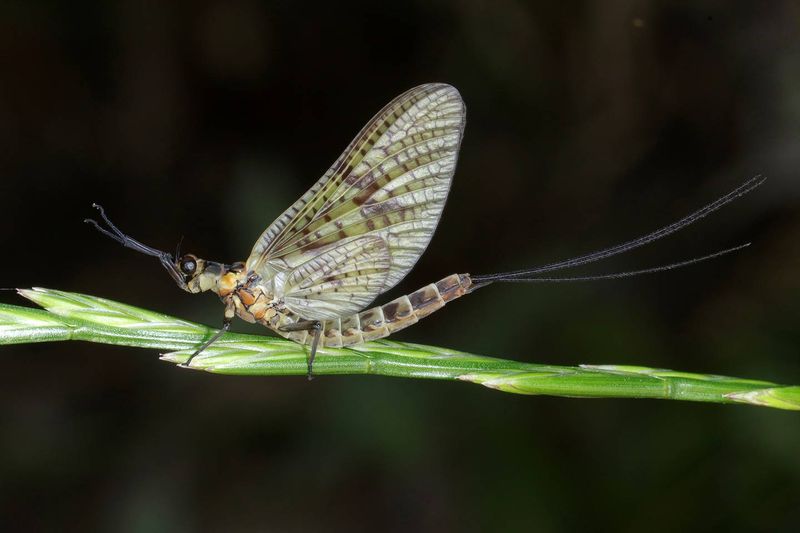
With their ephemeral existence, mayflies live for just 24 hours. In that short span, they fulfill their life purpose of reproduction. Emerging in swarms, these insects create a mesmerizing spectacle.
Imagine a brief yet impactful life cycle, where every moment counts. Despite their short lifespan, mayflies play a crucial role in the ecosystem, serving as food for fishes and birds.
Known as the symbol of transience, their life reminds us of the fleeting nature of time. Their presence is a delicate dance of life and death, a ballet on nature’s grand stage.
Gastrotrich
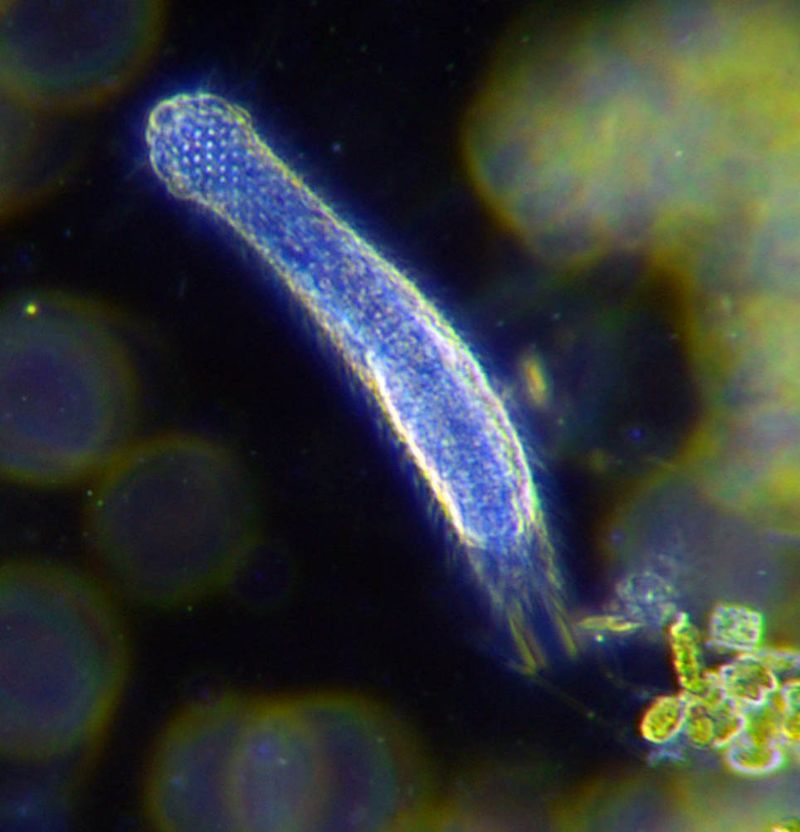
Gastrotrichs may be diminutive, but they pack a lot into their five-day lives. These microscopic creatures inhabit the watery realms, unseen by the naked eye. They glide effortlessly, their hair-like structures propelling them forward.
In a world magnified, their existence is a whirlwind of activity. Feeding, reproducing, and eventually succumbing to time’s inevitability. Despite their short lives, gastrotrichs contribute significantly to nutrient cycling.
They are a testament to life’s complexity at the smallest scales, a reminder of the unseen beauty beneath our feet.
Drone Ant

Drone ants, the princes of the ant world, live solely to mate. Their lifespan is a short few weeks, during which they embark on a nuptial flight, an event as grand as it is brief. In this flight, they seek to pass on their genetic legacy.
After fulfilling their purpose, their role in the colony ceases. The brevity of their existence highlights a life dedicated to a singular, vital mission.
In the grand scheme, they are transient yet essential, a fleeting chapter in the story of a thriving colony.
Housefly
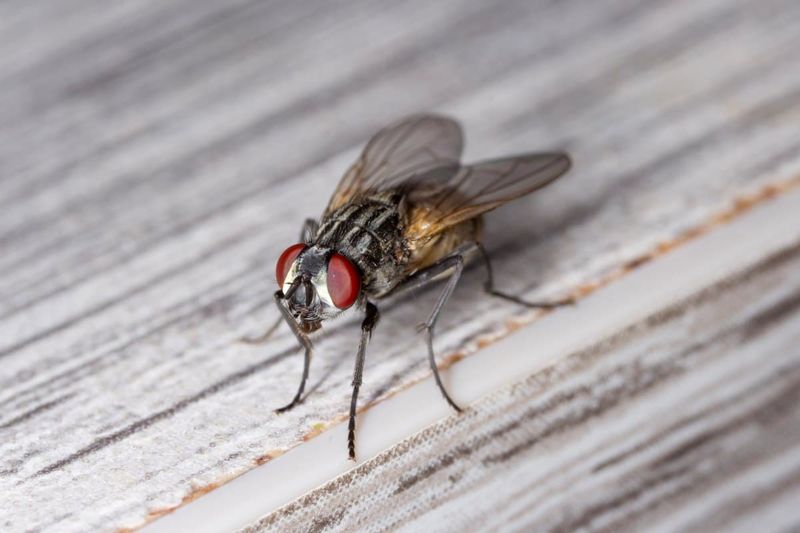
Houseflies buzz through life at breakneck speed, living about 28 days. Their existence, often a nuisance to humans, is one of rapid reproduction.
Females can lay hundreds of eggs in their short lifespan, ensuring the continuity of their kind. These insects are quick to adapt, thriving in varied environments. Despite their brief presence, they play a significant role in the decomposition process, aiding in nutrient cycling.
Their persistence is a testament to nature’s resilience, a reminder of life’s relentless march forward, even in the most humble forms.
Fruit Fly

Fruit flies, the tiny titans of genetics research, live for about 40 days. These minute creatures have played a colossal role in scientific discovery, aiding in the understanding of genetic inheritance.
Their short lives are packed with activity, breeding prolifically in decaying fruit. The speed of their life cycle makes them ideal for laboratory studies.
Despite their unassuming appearance, they are a cornerstone of biological research, showing that even the smallest beings can have a monumental impact on science and our understanding of life.
Worker Bee
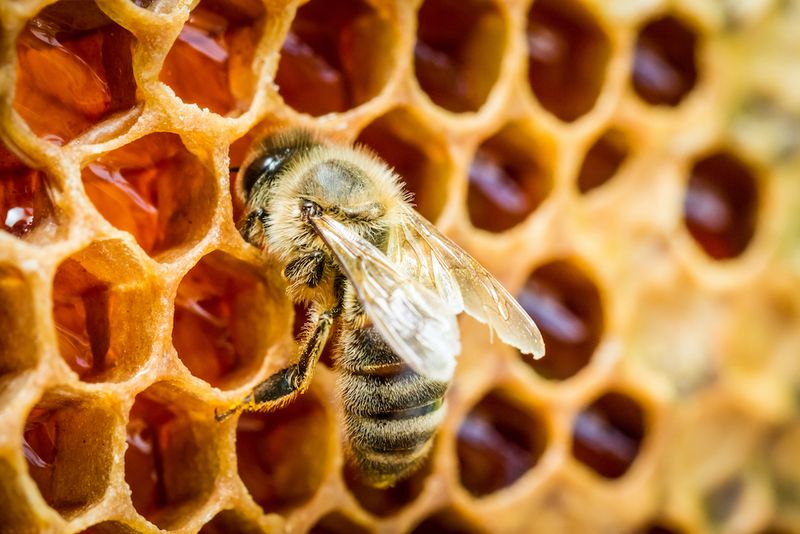
Worker bees, the industrious souls of the hive, live for about six weeks. Their lives are a flurry of activity, marked by the relentless pursuit of nectar and pollen.
Each day is filled with purpose as they contribute to the hive’s survival. From cleaning, feeding larvae, to foraging, they embody selflessness. Their efforts culminate in the production of honey, a sweet reward for their labor.
Despite their transient lives, worker bees are vital to pollination and agriculture, underscoring the interconnectedness of life and the power of collective effort.
Dragonfly
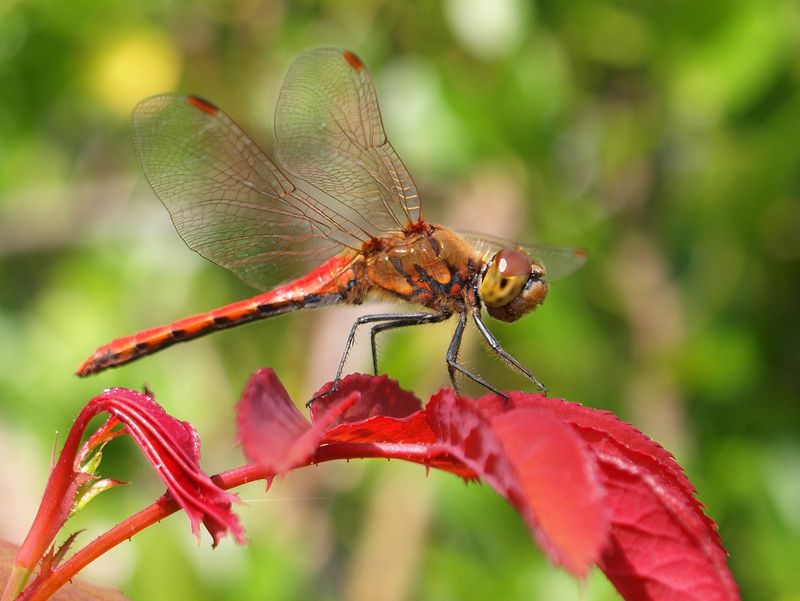
Dragonflies, with their dazzling aerial displays, live as adults for only a few months. These skilled hunters are known for their agility and speed, captivating observers with every flight.
Emerging from aquatic nymphs, they spend years in water before taking to the skies. This dual life stage is a marvel of adaptation. In their brief adult life, they feast on mosquitoes and other insects, balancing ecosystems.
Despite their short lifespan, dragonflies are a symbol of change and transformation, their fleeting beauty a reminder of life’s vibrant dance.
Mouse
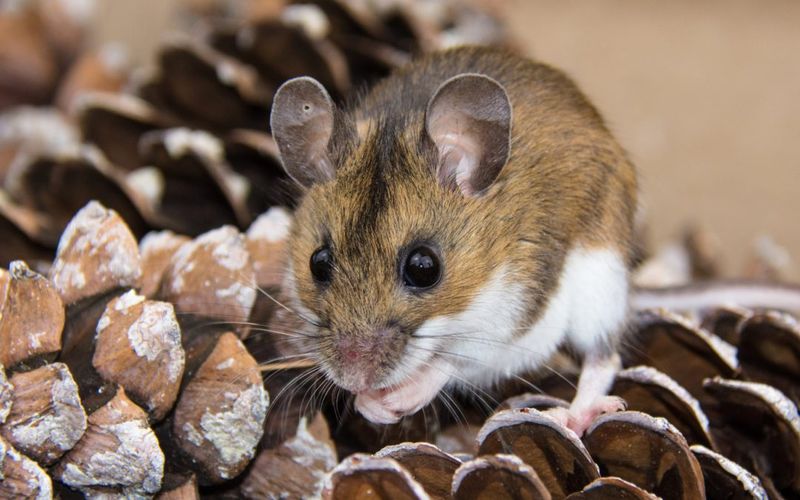
Mice, with their twitching noses and quick movements, have a lifespan of about 1 to 3 years. These small mammals are known for their adaptability, thriving in diverse environments.
Mice are prolific breeders, ensuring the survival of their species despite numerous predators. Their role in scientific research is significant, contributing to advancements in medicine and understanding of genetics.
Life as a mouse is a delicate balance of survival and curiosity, a testament to resilience in the face of constant threat.
Chameleon

The unique chameleon, famous for its color-shifting skin, typically lives for 5 to 7 years. These solitary reptiles are masters of camouflage, blending seamlessly into their environment.
Their long, sticky tongues capture prey with precision. Life for a chameleon is a solitary dance of survival, each change of color a silent communication.
Despite a life filled with uncertainty, they are fascinating creatures of adaptation, with eyes that can look in two directions simultaneously. Chameleons remind us of the beauty and complexity in adaptation and survival.
Rabbit
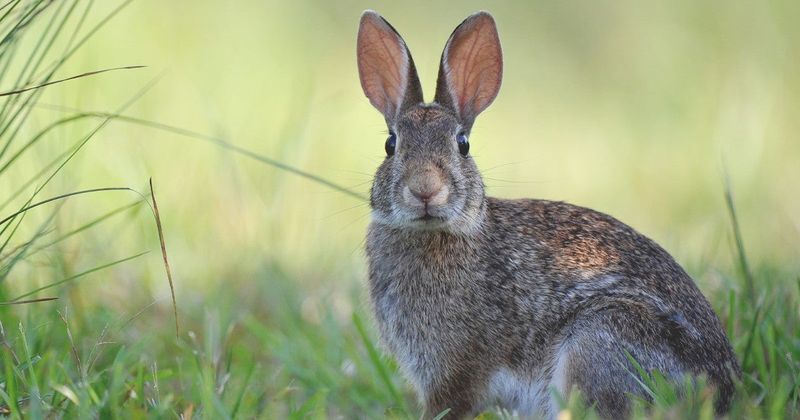
Rabbits, with their signature long ears and gentle hops, live for about 8 to 12 years. These social creatures form bonds and display a rich array of behaviors.
In the wild, they are vigilant, ever alert to danger, while domestic rabbits enjoy the comforts of companionship. They are prolific breeders, a trait that has enabled them to thrive globally.
Rabbits are symbols of fertility and renewal, their presence in folklore and culture a testament to their enduring charm and resilience. Each hop is a bounce towards the future.
Greenland Shark
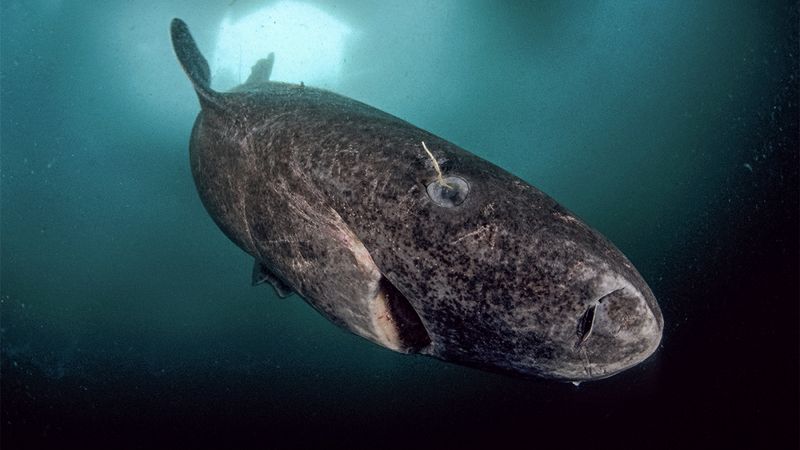
The Greenland shark, a true leviathan of the deep, can live for over 400 years. These ancient creatures inhabit the frigid waters of the North Atlantic. Their slow metabolism and cold environment contribute to their extraordinary longevity.
Little is known about their lives, adding to their mystique. As apex predators, they play a crucial role in the marine ecosystem. Their existence spans centuries, a bridge between past and present oceans.
The Greenland shark is a living relic, a witness to the changing tides of history beneath the waves.
Elephant

Elephants, the gentle giants of the animal kingdom, can live up to 70 years. Their lives are marked by deep familial bonds and complex social structures.
These intelligent creatures are known for their memory and empathy. In their long lives, elephants contribute to their ecosystem by shaping the landscape and dispersing seeds.
Despite challenges from human encroachment, they remain symbols of wisdom and strength. Each step an elephant takes is a stride through history, a testament to the enduring spirit of these magnificent beings.
Galápagos Tortoise
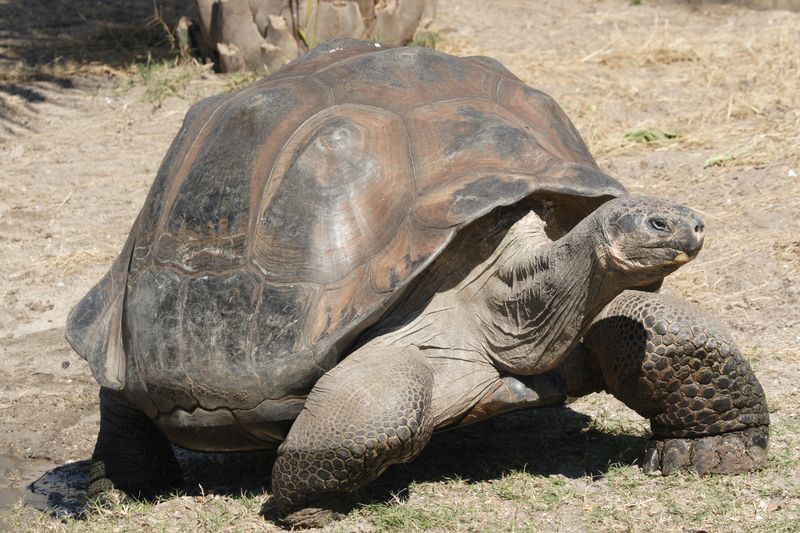
The Galápagos tortoise, an emblem of resilience, can live over 100 years. These lumbering reptiles are native to the Galápagos Islands, where they navigate the rugged terrain with slow determination.
Their long lives are a testament to evolution’s ingenuity, enabling them to survive in isolation. They are symbols of endurance, with each wrinkle telling a story of survival across centuries.
These tortoises remind us of the patience of nature and the long arc of time that shapes the world.
Bowhead Whale
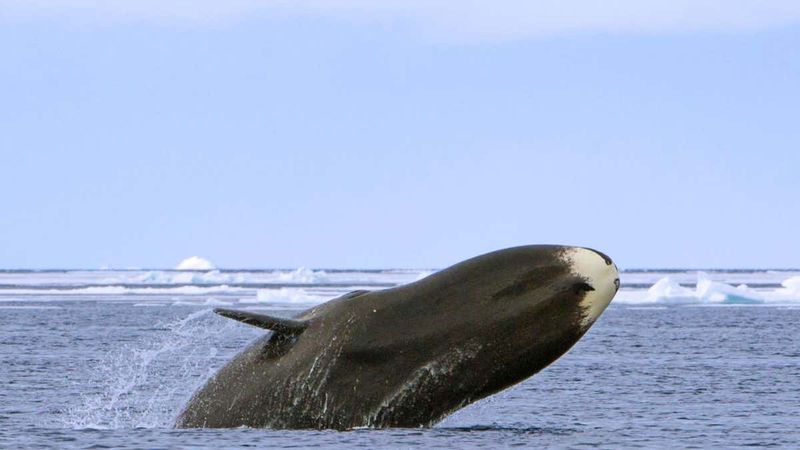
Bowhead whales, the giants of the Arctic, can live over 200 years. These leviathans navigate the icy waters with grace, their massive bodies adapted to the cold.
They have a slow life pace, with long periods between offspring. Their longevity is a marvel, offering insights into resistance to aging. As they swim through centuries, bowhead whales bear witness to the changing Arctic landscape.
They are a beacon of survival in a harsh environment, their songs echoing across the icy seas, a symphony of life and endurance.
Koi Fish
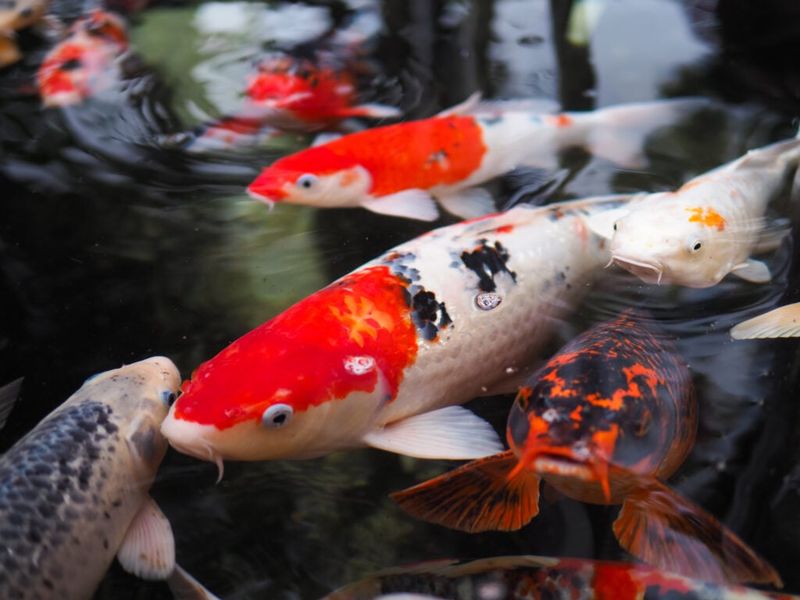
Koi fish, the vibrant jewels of garden ponds, can live over 50 years, with some reaching a century. These ornamental fish are celebrated for their beauty and serenity.
Originating from Japan, they are symbols of luck and perseverance. Koi ponds are tranquil havens, where these fish glide with elegance. Their long lives are a result of careful breeding and nurturing.
Each koi is a living artwork, a testament to the harmony between man and nature. They remind us of the beauty that patience and care can create.
Red Sea Urchin

Red sea urchins, the spiny dwellers of the ocean floor, can live over 100 years. These creatures thrive in the rocky coastal regions of the Pacific. Their long lives are due to a slow growth rate and low predation.
They play a critical role in marine ecosystems, consuming algae and maintaining balance. Despite their prickly appearance, they are vital to the health of ocean habitats.
Red sea urchins are a reminder of the delicate balance of life beneath the waves, where longevity and resilience go hand in hand.
Macaw
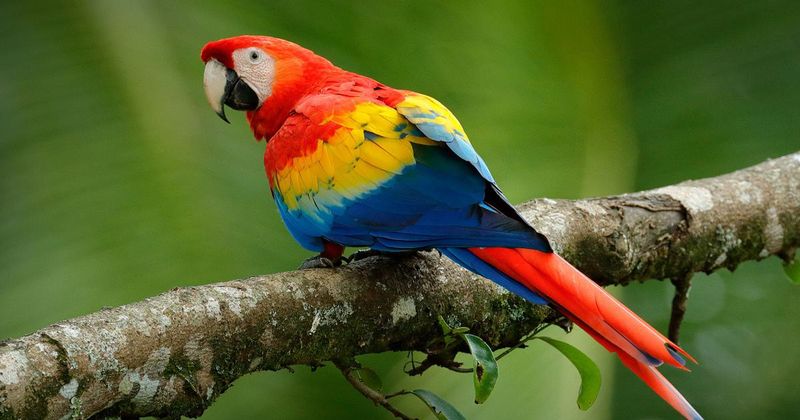
Macaws, the vibrant parrots of the rainforest, can live up to 80 years. Their striking plumage and playful nature make them one of the most charismatic birds.
In the wild, they form strong social bonds and are known for their intelligence. Each macaw is an artist, painting the sky with colors as they soar. Their long lives in the canopy are a testament to the richness of the rainforest.
They remind us of the importance of preserving natural habitats, where beauty and life flourish in harmony.
Lobster
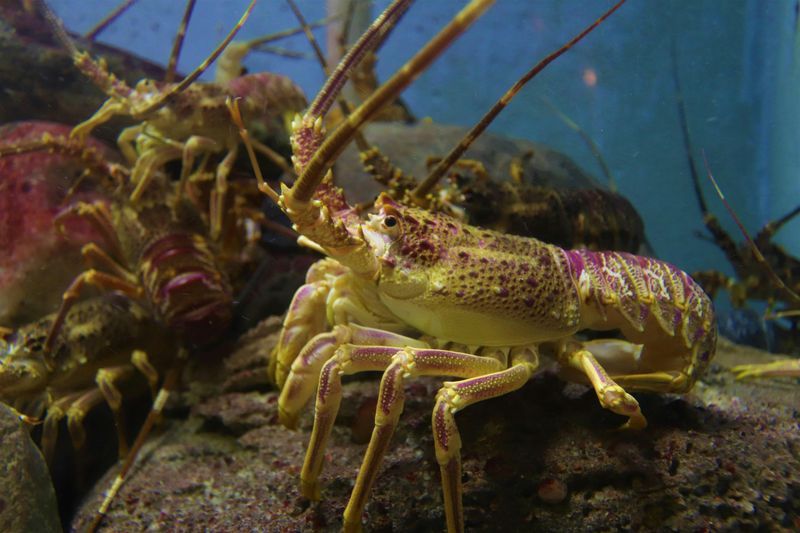
Lobsters, the ocean’s armored warriors, can live over 100 years. These crustaceans are known for their hard shells and formidable claws. As they age, lobsters continue to grow, molting their shells in a process of renewal.
Their longevity is due to a unique enzyme that repairs DNA, slowing aging. Lobsters are a culinary delicacy, yet they remain mysterious creatures of the deep.
They are a symbol of endurance, surviving in the ocean’s depths, where time flows differently. Each lobster is a testament to nature’s ability to defy time.
Tuatara
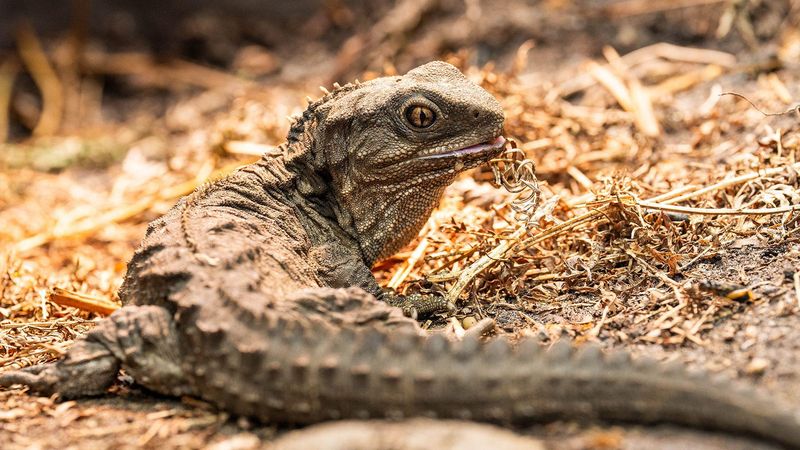
The tuatara, a living fossil, can live over 100 years. Native to New Zealand, these reptiles are remnants of a prehistoric world. Their slow life pace and unique biology have allowed them to endure across ages.
Tuataras are solitary creatures, their presence a link to the past. Despite facing threats from habitat loss, they persist, a symbol of resilience and adaptation.
Each tuatara is a guardian of ancient wisdom, a reminder of life’s enduring legacy through the ages.
Jellyfish (Turritopsis dohrnii)
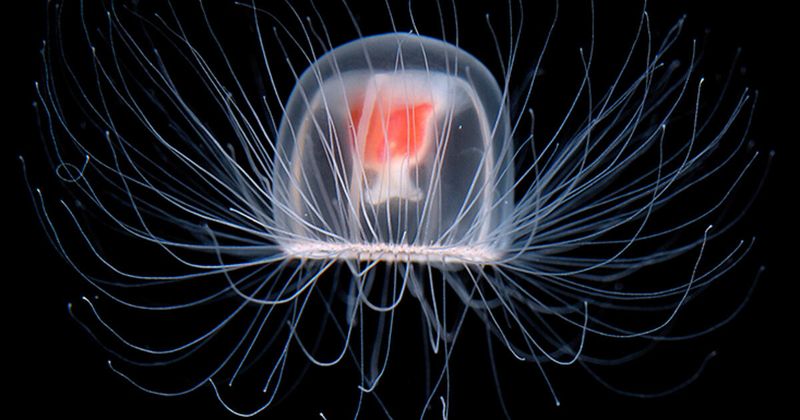
The Turritopsis dohrnii, known as the immortal jellyfish, can theoretically live forever. This remarkable creature has the ability to revert its cells to an earlier stage, effectively resetting its life cycle.
Found in the Mediterranean Sea, it drifts through the ocean, a marvel of biological ingenuity. Its potential immortality challenges our understanding of life and death. The jellyfish’s existence is a dance of regeneration, a cycle of renewal.
It serves as a reminder of nature’s endless capacity for adaptation and survival.

